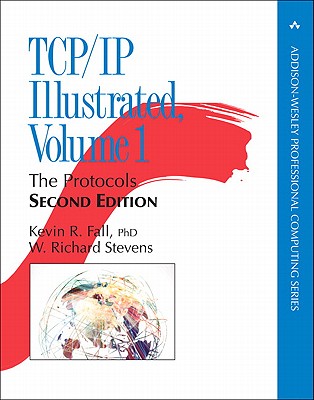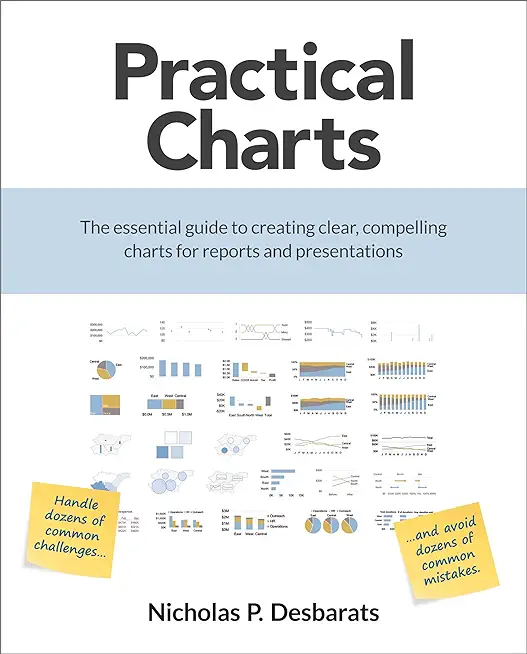Intermediate and Advanced Java 8 Training in Mount Pleasant
|
We offer private customized training for groups of 3 or more attendees.
|
||
Course Description |
||
| This is a fast-paced course suitable for developers with some previous
experience in working with Java and Object-Oriented (OO) programming.
The course can also be delivered to developers experienced in other OO
languages (Python, C++, C#) but with limited Java exposure, as well as
used as an advanced Java course for more experienced developers. There
are numerous optional parts allowing you to tailor the coverage to your
group. It includes an accelerated, yet thorough hands-on review of Java
foundational concepts, with attention given to OO design and
implementation principles. It then moves on to comprehensive coverage of
more advanced topics in Java and OO development to provide participants
with a strong grounding to use Java in a sophisticated and productive
manner. This course covers far more than an introductory course,
including important topics such as UML and Design Patterns, and using
composition vs. inheritance, which are all key to creating
well-structured OO systems. After these important areas, it moves on to
advanced Java topics such as inner classes, reflection, writing generic
classes, and functional programming with lambdas and streams. It teaches
a number of useful techniques that enhance productivity and good system
design - which may otherwise take Java developers years to absorb on
their own. The course concludes with build tools and logging.
Course Length: 5 Days
Course Tuition: $2250 (US) |
||
Prerequisites |
|
| Solid understanding of OO concepts in Java. | |
Course Outline |
|
Session 1: Review - Basics
Java Environment
Classes and Objects
Instance Variables, Methods, Constructors, Static Members
OO Principles: Data Encapsulation, Cohesion
Object Contracts: toString(), equals() and hashCode(), Comparable and Comparator
Packages, Enums, Arrays
Exceptions
Session 2: Review (Inheritance and Interfaces)
UML Overview
Inheritance
Definition and IS-A Relationship
Method Overriding, @Override
OO Principles: Principle of Substitutability, Polymorphism and Encapsulation of Type, Coupling, Open-Closed Principle
Constructor Chaining
Interfaces
Defining and Implementing, Interface Types
Interface Inheritance
New Interface Features in Java 8
Default Methods, Static Methods
Functional Interfaces
Guidelines
Session 3: JUnit
Overview
Tests, Assertions, and Fixtures
Writing and Running Tests
Assertions
Test Fixtures, @Before and @After, @BeforeClass and @AfterClass
Testing for Exceptions
Best Practices and Test-Driven Development Overview (TDD)
Session 4: Collections and Generics
Collections Overview
Generics and Type-Safe Collections
Diamond Operator
Lists, Sets, and Maps
Interfaces and Contracts
Iteration and Autoboxing
Utility Classes - Collections and Arrays
Writing Generic Classes
Inheritance with Generic Types
Wildcard Parameter Types
Type Erasure
Session 5: Techniques of Object Creation
Design Patterns Overview
Controlling Object Creation
Limitations of new Operator, Alternative Techniques
Singleton Pattern
Simple Factory
Factory Method Pattern
Other Techniques
Named Objects, JNDI
Dependency Injection Frameworks
Session 6: Using Composition and Inheritance Effectively
Inheritance and Composition - Pros and Cons
Composition and Delegation
HAS-A, USES Relationships
Strategy Pattern
Decorator Pattern
Façade and Other Patterns
Façade, Proxy, Template Method
Session 7: Inner Classes
Overview and Motivation
Stronger Encapsulation, Rules and Caveats
Defining and Using Inner Classes
Member-Level, Method-Local, Anonymous Classes
Static Nested Classes
Nested Classes, Nested Interfaces, Nested Enums
Session 8: Annotations
Overview
Using Annotations
Target and Retention Policy
Annotation Parameters, Parameter Shortcuts
Writing Custom Annotations
Syntax, Using the Meta-Annotations
Using a Custom Annotation
Session 9: Reflection
Overview and API
The Class Called Class
Obtaining and Inspecting Class Objects
Working with Objects Reflectively
Creating Instances, Invoking Methods, Setting Field Values
Session 10: Lambda Expressions
Overview
Functional Interfaces and Lambdas
Target Context
Using Lambda Expressions
Syntax, Lambda Compatibility
Variable Capture
Type Inference
Method References
Three Types of Method References
Refactoring Lambdas into Method References
Session 11: Streams
Overview
Streams vs. Collections
Anatomy of a Stream
Understanding the Stream API
Intermediate Operations and Stream Pipeline
Java 8 Functional Interfaces: Predicate, Comparator, Function, Consumer, Supplier
Stream Processing
Filtering, Sorting, Mapping
Terminal Operations
Collectors
Partitioning and Grouping
Reducing and Summarizing
Downstream Reductions
Session 12: Date/Time API
Overview
Dates, Times, and Instants
Creating, Parsing, and Formatting
Accessing Date and Time Fields
Deriving New Values
Time Zones
Periods and Durations
Intervals of Time: Date-Based and Time-Based
Adding and Subtracting Intervals
Session 13 (optional): Overview of Build Tools
Javadoc
Generating API Documentation
Doc Comments and Doc Tags
Ant
History and Overview
Buildfiles, Targets, and Tasks
Maven
Maven Concepts: Project, POM, Artifact, Naming, Dependency, Plugin, Repository
Convention over Configuration
Lifecycles and Phases
Plugins and Goals
Session 14 (optional): Logging and Log4j
Overview
Popular Logging Frameworks
Writing Log Messages
Creating Loggers and Writing Log Messages
Log Levels
Configuration
Appenders and Layouts
Logger Configuration and Logger Hierarchy
|
Course Directory [training on all levels]
- .NET Classes
- Agile/Scrum Classes
- AI Classes
- Ajax Classes
- Android and iPhone Programming Classes
- Azure Classes
- Blaze Advisor Classes
- C Programming Classes
- C# Programming Classes
- C++ Programming Classes
- Cisco Classes
- Cloud Classes
- CompTIA Classes
- Crystal Reports Classes
- Data Classes
- Design Patterns Classes
- DevOps Classes
- Foundations of Web Design & Web Authoring Classes
- Git, Jira, Wicket, Gradle, Tableau Classes
- IBM Classes
- Java Programming Classes
- JBoss Administration Classes
- JUnit, TDD, CPTC, Web Penetration Classes
- Linux Unix Classes
- Machine Learning Classes
- Microsoft Classes
- Microsoft Development Classes
- Microsoft SQL Server Classes
- Microsoft Team Foundation Server Classes
- Microsoft Windows Server Classes
- Oracle, MySQL, Cassandra, Hadoop Database Classes
- Perl Programming Classes
- Python Programming Classes
- Ruby Programming Classes
- SAS Classes
- Security Classes
- SharePoint Classes
- SOA Classes
- Tcl, Awk, Bash, Shell Classes
- UML Classes
- VMWare Classes
- Web Development Classes
- Web Services Classes
- Weblogic Administration Classes
- XML Classes
- Introduction to Spring 6, Spring Boot 3, and Spring REST
15 December, 2025 - 19 December, 2025 - See our complete public course listing
Java Programming Uses & Stats
|
Difficulty
|
Popularity
|
Year Created 1995 |
|
Pros
Most Commonly Used:
Great Career Choice:
Android Apps Development:
It Can Run On Any Platform:
Great Supporting IDE's: |
Cons
Uses a Lot of Memory:
Difficulty in Learning:
Slow Start Up Times:
Verbose and Complex Code:
Commercial License Cost: |
| Java Programming Job Market |

Average Salary
|

Job Count
|

Top Job Locations
New York City |
|
Complimentary Skills to have along with Java Programming
- If you are an experienced Java developer, learning a complimentary language to Java should come much more naturally. As an example JetBrains recently created the Kotlin programming language which is officially supported by Google for mobile development. Kotlin compiles to Java bytecode and runs on the JVM; it's purported to address many of Java's shortcomings... |






